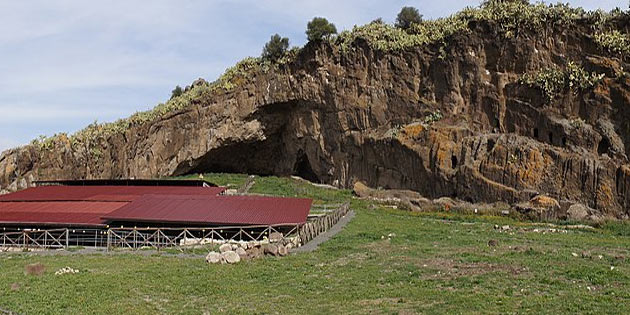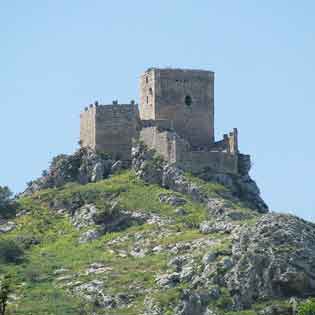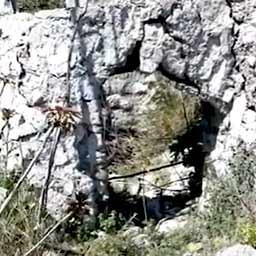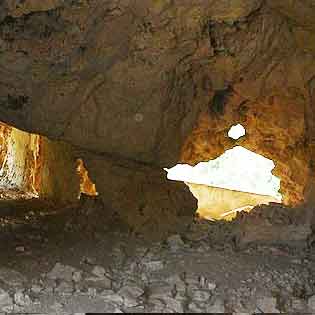Archaeological area of Palikè in Mineo
The archaeological area of Palikè in Mineo is home to the most important sanctuary of the Sicilian population.
The area in ancient times was home to the sanctuary of the Palici brothers, sons of Zeus and the nymph Talea.
The cave that opens at the foot of the hill has been identified in front of the architectural structures, largely attributable to the sanctuary, and anthropized levels datable to a period between the Paleo-Mesolithic and the Swabian age.
The temple would have risen on the shores of the lake of Naftia, a mirror of greenish-yellow sulphurous waters, with terrible exhalations, where some rites were carried out through which the priests performed prophecies.
The oracle of the Palici it was in fact considered the most important in Sicily, and the waters of Naftia lent themselves to rituals, oaths, tests. Today the lake has been drained and the gases exploited industrially.
Around the middle of the 5th century BC, probably thanks to the initiative of Ducezio, a Sicilian leader who would have established the seat of his league of Sicilian cities right at the Palici sanctuary , in the area in front of the cave, a monumental terraced arrangement is created which includes a banquet building, hestiaterion, at the highest point, and two arcades with service rooms, stoai, in the lower terraces.
The hestiaterion has a rectangular plan with four side rooms intended to host banquets and three smaller rooms at the back, all arranged around a central room open on the southern side through a monumental entrance with a step. Clearly visible traces of workmanship on the squared limestone blocks are a sign of the presence during the construction of this building of workers who knew well the techniques of Greek architecture.
In the large central room of the stoà, pots and crockery related to the preparation of the banquets that took place in the hestiaterion were found and, in a sector delimited by an uncooked brick wall, a votive well, bothros, containing black-painted bowls and animal bones.
The remains of Palikè present on the hill bordered by a boundary wall in loom technique can be dated to the 4th century. B.C. and appear as a hasty reconstruction following a violent destruction of what must have been Ducezio's Palikè, of which the regular urban layout is maintained.



